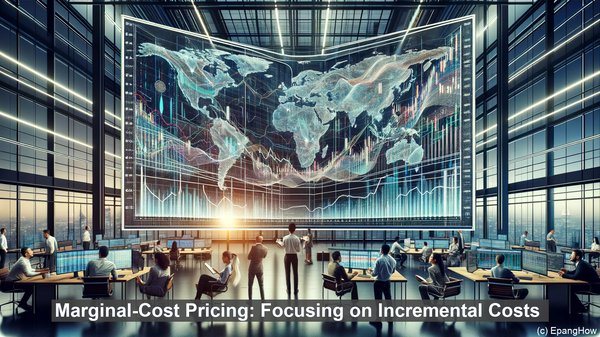Introduction: The Art of Pricing
Welcome to our article on full-cost pricing and marginal-cost pricing. Pricing is a critical aspect of any business, and understanding the different strategies is essential for success. Today, we’ll explore two popular approaches: full-cost pricing and marginal-cost pricing.
Full-Cost Pricing: A Comprehensive Approach
Full-cost pricing, as the name suggests, takes into account all costs associated with producing a product or service. This includes both direct costs, such as raw materials and labor, and indirect costs like overheads and administrative expenses. By considering the entire cost structure, businesses using full-cost pricing aim to ensure that each unit sold contributes to covering all costs and generating a profit.
Marginal-Cost Pricing: Focusing on Incremental Costs
In contrast, marginal-cost pricing focuses solely on the incremental or variable costs of producing one additional unit. It disregards fixed costs, which remain constant regardless of the level of production. By setting the price based on the marginal cost, businesses adopting this strategy aim to maximize their short-term profitability.

Applications and Considerations
Both full-cost pricing and marginal-cost pricing have their applications. Full-cost pricing is often used in industries where fixed costs constitute a significant portion of the overall expenses, such as manufacturing. Marginal-cost pricing, on the other hand, is commonly seen in markets with intense competition or when businesses want to quickly penetrate a market. However, it’s important to note that while marginal-cost pricing may lead to short-term gains, it can be unsustainable in the long run if fixed costs are not adequately covered.

